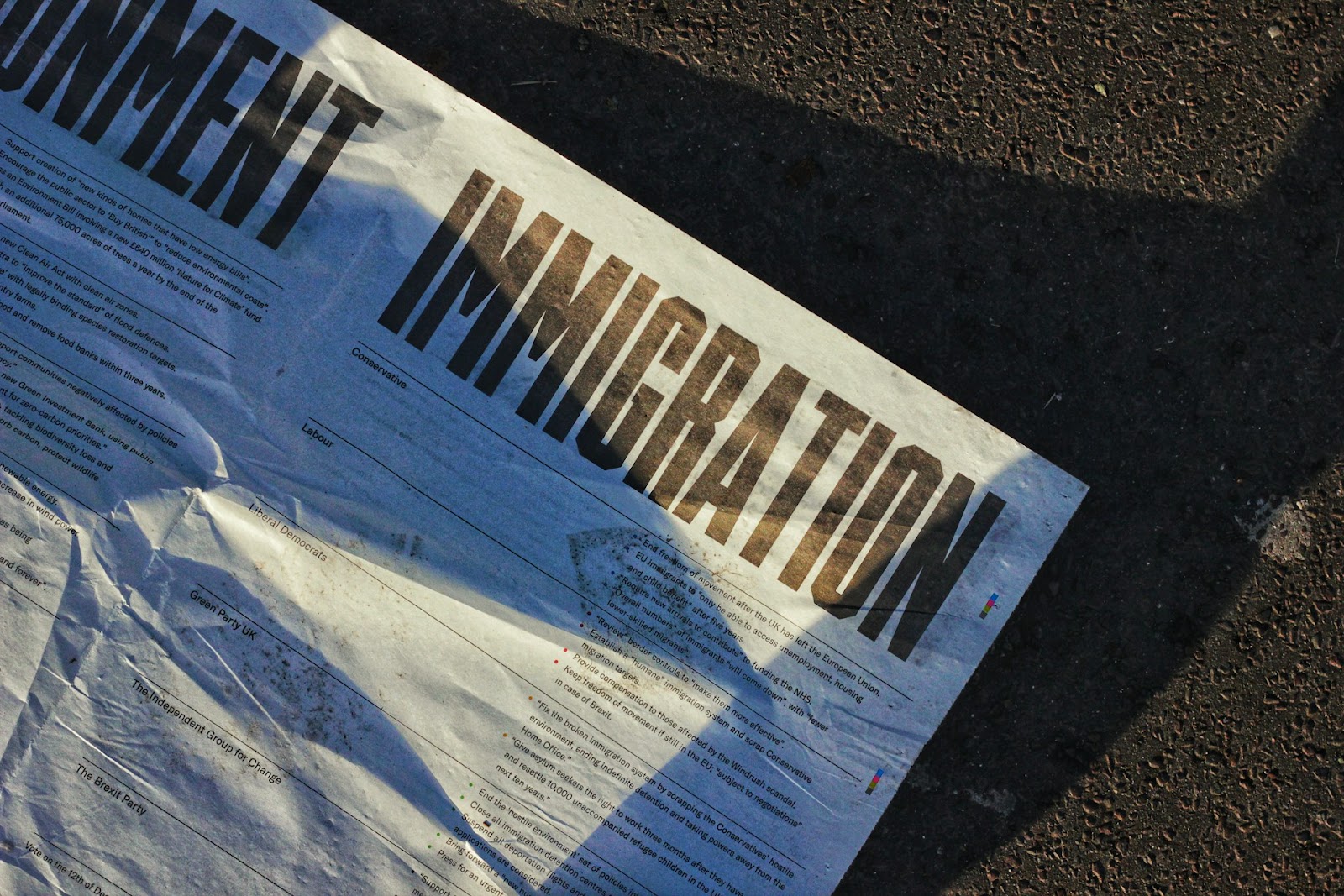LinkedIn
Facebook
Instagram
YouTube
Official document translation is essential for bridging language gaps, especially when important documents need to be accepted by government agencies, educational institutions, or businesses. This specialized service converts your birth certificates, diplomas, contracts, and legal papers into the required languages while preserving their legal validity and official acceptance.
There are various situations in life where you might need document translation services:
Translating official documents involves specific challenges that set it apart from regular text translation. You need to navigate complex requirements for certified translation, comply with government standards, and ensure precise accuracy in technical terms. Even minor mistakes can lead to document rejection, expensive delays, or legal issues.
Translation agencies and spanish translation services providers are aware of these risks. This comprehensive guide will take you through each crucial step of translating official documents. You'll find information on identifying which papers require translation and how to obtain proper certification. Additionally, you'll discover common pitfalls to avoid and ways to ensure your translated documents meet the strict demands of relevant authorities.
Apart from standard document translations, there may be cases where specific types of communication call for specialized translation services. For instance, using professional email translation services can guarantee clear and accurate communication in over 60 languages for business, legal, and personal emails.
It's also important to note that the need for certified translations extends beyond just personal documents or academic transcripts. There are situations where course guide translation services become necessary as well. These services offer precise translations of syllabi, curriculum outlines, and grading criteria - all vital components contributing to a student's academic success.

Official documents are important legal papers issued by government agencies, educational institutions, or authorized organizations that have significant importance in formal matters. These documents establish identity, qualifications, or legal status and require precise handling when document translation becomes necessary.
Official documents include various types of paperwork that hold legal or administrative significance:
Standard translations provide basic language conversion without legal validation. Certified translation services deliver translations accompanied by a formal attestation from the translator or agency, confirming accuracy and completeness. This certification includes:
Government bodies, courts, and official institutions typically reject regular translations for legal proceedings, immigration applications, or academic admissions. You need certified translations to ensure legal validity and official acceptance.
Notarized translations provide an additional authentication layer beyond standard certification. A licensed notary public verifies the translator's identity and witnesses the signing of the certification statement. This process creates a legally binding document that carries enhanced credibility with authorities.
When you translate document to English or any target language for official purposes, notarization becomes essential for:
The notarization process transforms your translated document into a legally recognized instrument that authorities accept with confidence.
It's also crucial to maintain confidentiality during the translation process. Discover more about the measures taken to safeguard sensitive information during legal document translations here.
Interestingly, the field of translation isn't just limited to official documents. It also plays a significant role in language preservation, ensuring endangered languages retain their cultural significance for future generations.
For businesses needing clear communication across different languages, expert employee manual translation services can be invaluable. Similarly, e-commerce businesses can significantly benefit from professional translation services which can boost sales and enhance customer experiences globally.
Before you translate document online or contact document translation services, it's essential to determine exactly which documents require official translation. Different authorities and institutions have specific requirements that vary based on your purpose and destination country.
Immigration authorities typically require translations of:
Educational institutions commonly request translations for:
For the latter, consider utilizing specialized academic translation services to ensure precise translations of research papers, theses, and scholarly articles.
Legal proceedings may demand translations of:
Business transactions often involve translating:
In such cases, understanding the role of translation in global supply chains can be beneficial for smooth operations, clear communication, and international collaboration. You might want to explore the importance of translation in global supply chains for more insights.
You should contact the specific authority or institution directly to obtain their exact requirements. Many organizations provide detailed lists of required documents on their websites or through customer service representatives. Some authorities accept only certified translations, while others may require notarized translations for additional verification.
Check the language requirements carefully - some institutions specify which languages they accept and whether they require translations from specific source languages. For instance, if you're dealing with Georgian or Bulgarian documents, professional Georgian translation services or Bulgarian translation services could be useful. Government agencies like USCIS maintain comprehensive lists of acceptable documents and translation requirements that you can reference before beginning the translation process.

Proper document preparation is essential for successful official translation. To ensure your translator can work with clear and complete materials, you need to scan documents in PDF format and create digital copies that meet professional standards.
The quality of your scanned documents directly affects the translation outcome. Follow these best practices to optimize your scanning process:
This resolution ensures every detail remains visible and readable, which is crucial for accurate translation.
Before sending your documents to translation services, verify each scanned copy meets these standards:
Poor quality scans force translators to guess at unclear text, potentially leading to errors in your official translation. When you scan documents in PDF format correctly, you provide translators with the tools they need to deliver accurate results that authorities will accept.
Clean, high-resolution PDFs also demonstrate professionalism when working with the best online translation services, showing you understand the importance of quality throughout the translation process. This is especially crucial in sectors like healthcare where effective medical translations can significantly enhance patient care and safety by bridging language barriers.
When you need to translate official documents, you face a critical decision between professional translation services and machine translation tools. This choice directly impacts the legal validity and acceptance of your translated documents.
Opting for professional translation services provides expertise that machines cannot match. Certified translators understand legal terminology, cultural nuances, and formatting requirements specific to official documents. They offer:
Whether you require Hebrew translation services or Punjabi translation services, professional translators ensure accuracy and cultural relevance in your documents.
Modern tools like Google Translate and DeepL have improved significantly, making it tempting to translate PDF documents or translate website content instantly. These platforms offer:
When you use Google Translate to document files, you get quick translations that help you understand content structure and basic meaning.
Machine translation tools carry substantial risks for official documents:
Government bodies like USCIS explicitly reject machine-translated documents without proper certification. You risk application delays, rejections, or legal complications when submitting uncertified translations.
For official purposes, you need certified translations from qualified professionals. Machine translation serves best as a preliminary tool to understand document content before engaging professional services. You can use Google Translate or DeepL to estimate translation complexity and prepare questions for your chosen translator, but never as your final solution for official submissions.
Moreover, embracing the polyglot world through translation services can significantly foster global growth by bridging language gaps and promoting cultural exchange in our increasingly interconnected world. If you have any questions or need assistance with our translation services, feel free to contact us at ASAP Translate for prompt support.
Finding the right professional to handle your official document translation requires careful evaluation of credentials and experience. ATA accredited translators represent the gold standard in the translation industry, having passed rigorous examinations that demonstrate their linguistic competency and professional ethics. These certified professionals understand the specific requirements for official document translation and maintain the highest standards of accuracy.
Translation companies offer several advantages for official document projects:
Individual freelance translators provide different benefits:
Before selecting any translator or agency, verify their qualifications through these methods:
Customer feedback reveals crucial insights about translator performance:
Pay attention to reviews mentioning document acceptance rates, communication quality, and adherence to deadlines. Translators with consistent positive feedback across multiple platforms demonstrate reliability you can trust with your important documents.
If you're looking to tailor your resume for a multilingual job market, consider seeking assistance from a qualified translator who can help you effectively translate your resume to appeal to global employers.

Understanding certified translation pricing helps you budget appropriately for your official document needs. Translation costs vary significantly based on several key factors that directly impact the final quote you receive.
Document length serves as the foundation for most pricing structures. Professional translators typically charge per word, with rates ranging from $0.10 to $0.30 per word for common language pairs like Spanish-English. Complex documents with technical terminology command higher rates.
Language pair complexity dramatically affects pricing. Common combinations like English-Spanish cost less than rare pairs such as English-Finnish or English-Mandarin. You can expect to pay 20-50% more for uncommon language combinations due to limited translator availability.
Document type influences pricing through complexity levels. Simple birth certificates cost less than legal contracts or medical records requiring specialized knowledge. Academic transcripts with multiple courses and grades fall somewhere in the middle range. For instance, financial documents often require a specific set of skills for accurate translation, as they need to ensure compliance across borders. This aspect of financial document translation can significantly impact the pricing due to its complexity.
For a more comprehensive understanding of the various factors affecting translation costs, including additional insights into the cost of translation services, it's advisable to consult expert resources.
Most translation services offer flexible payment methods for translation services:
Many agencies require 50% upfront payment, with the remainder due upon delivery.
Standard documents like birth certificates typically require 24-48 hours for completion. Complex legal documents may need 3-5 business days. Rush orders cost 25-50% more but can reduce delivery time to same-day or overnight service.
Academic transcripts with multiple pages often require 2-3 business days, while business contracts may need 5-7 days depending on length and complexity. Always communicate your deadline upfront to ensure the translator can meet your requirements.
The quality control phase is one of the most critical steps in the official document translation process. You must review translated document accuracy meticulously before submitting your documents to any government agency or institution. This careful examination can save you from costly delays, rejections, or legal complications down the road.
Start by placing the original document alongside the translated version and conduct a line-by-line comparison. Pay special attention to:
Even when working with a professional text translator, human errors can occur. Look for common issues such as:
Check that all signatures, official letterheads, and government seals mentioned in the original appear correctly in the translation.
Pro Tip: If you don't speak the target language fluently, consider having a bilingual friend or colleague review the translation alongside you. Fresh eyes often catch mistakes that you might overlook.
Document any discrepancies immediately and contact your translator for corrections. Most reputable translation services provide revisions at no additional cost when legitimate errors are identified. Remember that submitting an inaccurate translation can result in document rejection, application delays, or even legal consequences depending on the context.
Take photographs or screenshots of both documents during your review process. This creates a visual record that can help you track changes and communicate specific concerns to your translator if revisions become necessary.
Additionally, it's crucial to understand that the translation process itself can vary significantly based on numerous factors including language pairs and document types. Therefore, having a robust review process in place is essential to ensure accuracy and consistency across all translated documents.
Certification transforms your translated document into an officially recognized version that authorities will accept. This process involves your translator providing a signed statement that confirms their competency in both languages and attests to the accuracy of the translation. The certification statement typically includes:
Most certified translation services automatically include this certification as part of their standard offering. You'll receive the original document copy, the translated version, and the signed certification statement as a complete package.
Notarization adds an additional layer of authentication when required by specific authorities. A notary public verifies the translator's identity and witnesses their signature on the certification statement. This step becomes necessary for:
The notary doesn't verify translation accuracy—they only confirm the translator's identity and signature authenticity. Some translation agencies offer notarization services in-house, while others require you to visit a separate notary public.
Check your receiving authority's specific requirements before proceeding. Immigration offices, universities, and legal institutions often specify whether they need certified translations, notarized translations, or both. Understanding these requirements upfront prevents delays and additional costs during your application process.
Mistakes in document translation can result in costly delays, rejections, and legal complications when dealing with government agencies or educational institutions. You need to understand these pitfalls to ensure your documents meet official requirements.
Using uncertified translations represents the most critical error you can make. Government bodies like USCIS, universities, and courts require certified translations with proper attestation statements. For instance, certified translation services are essential for immigration processes as they ensure accuracy, legality, and efficiency. Regular translations without certification will be rejected immediately, forcing you to restart the entire process.
Google Translate and DeepL provide convenient options, but they cannot handle the nuanced terminology found in legal and official documents. These tools frequently mistranslate technical terms, dates, and proper names, creating inaccuracies that authorities will flag during review.
Selecting translators without proper credentials or experience in official document translation leads to substandard results. You should verify translator certifications, such as ATA accreditation, and confirm their expertise in your specific document type before proceeding. For example, if you need a diploma translation for university admissions, ensure the translator has relevant experience.
Submitting blurry scans or documents with missing pages creates immediate problems. Poor-quality source materials prevent translators from producing accurate translations, and authorities may reject incomplete submissions.
Failing to thoroughly review translated documents against originals allows errors to slip through. You must compare names, dates, numbers, and key terms carefully before submission to catch potential discrepancies.
Different authorities have specific formatting requirements for translated documents. Some require the original and translation on the same page, while others need separate documents with specific layouts and signatures.
In certain situations like driver's license translation, it becomes crucial to follow format requirements strictly due to their legal implications.
Successful official document translation requires careful attention to detail and following established procedures. You cannot afford to cut corners when dealing with government agencies, educational institutions, or legal entities that demand precise translations for official acceptance.
The seven-step process outlined in this guide provides you with a comprehensive roadmap for How To Translate an Official Document: All the Needed Steps. Each phase—from identifying required documents to obtaining proper certification—plays a crucial role in ensuring your translations meet official standards and avoid costly rejections.
Professional translators and certified agencies remain your safest choice for critical documents. Their expertise, certifications, and understanding of legal requirements significantly reduce the risk of errors that could delay your immigration, education, or business processes. You should prioritize quality over cost savings when dealing with life-changing documents.
DIY translation using online tools presents an alternative for those with budget constraints or simple documents. An online translator like Google Translate or DeepL can provide basic translations, but you must understand their limitations. These tools lack the nuanced understanding required for legal terminology and cultural context that official documents demand.
Whether you choose professional services or attempt translation yourself, thorough review and verification remain non-negotiable. Your diligence in following proper procedures directly impacts the acceptance of your documents by relevant authorities.